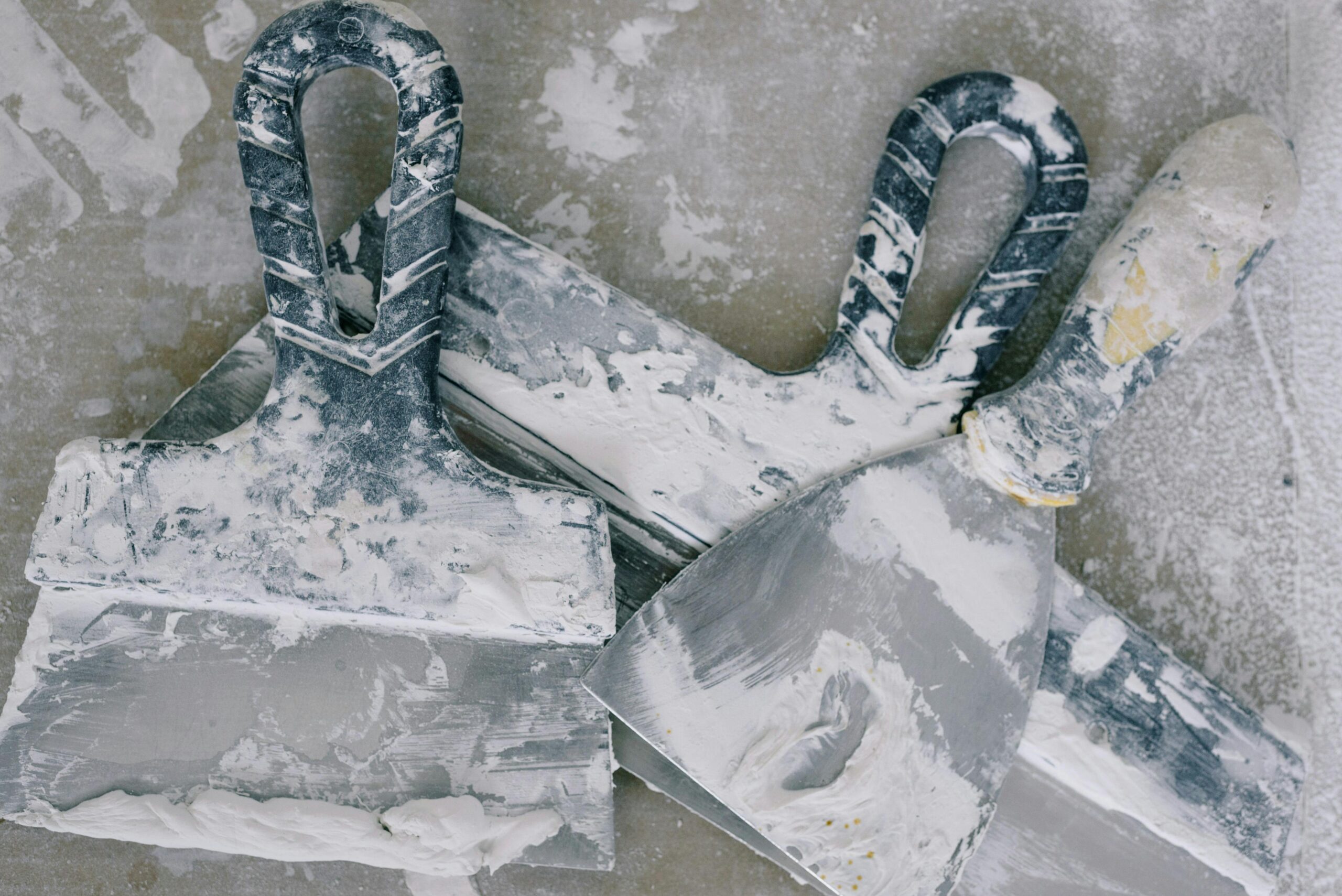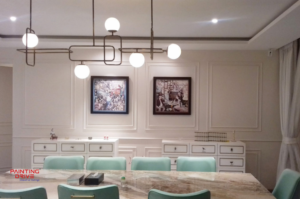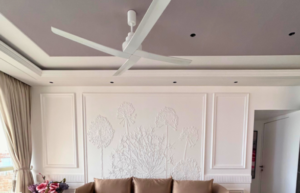When embarking on a construction or renovation project, the choice between wall putty and plaster can significantly impact the final finish and durability of your walls. Both materials have their unique properties, benefits, and ideal applications. Understanding these can help you make an informed decision that aligns with your project requirements and desired outcomes. This blog delves into the characteristics, advantages, and disadvantages of wall putty and plaster to help you determine which is better for your project.

Understanding Wall Putty and Plaster
What is Wall Putty?
Wall putty is a fine, white cement-based powder that is mixed with water to create a smooth paste. It is primarily used to prepare walls for painting by providing a smooth, even surface. Wall putty can be applied on both interior and exterior walls, and it helps to fill in minor cracks, imperfections, and uneven surfaces.
Types of Wall Putty:
- Acrylic Putty: Made from an acrylic-based solution, this type of putty is known for its excellent adhesion properties and flexibility. It is ideal for interior walls.
- Cement-Based Putty: This type is made from white cement, polymers, and other additives, offering high durability and water resistance, making it suitable for both interior and exterior applications.
What is Plaster?
Plaster is a building material used for coating walls and ceilings. It is made by mixing cement, sand, and water, which forms a thick paste that hardens over time. Plaster is used to create a smooth or textured finish on walls and ceilings and can also be used to create decorative elements.
Types of Plaster:
- Gypsum Plaster: Made from gypsum powder, this type of plaster is known for its smooth finish and quick-setting properties. It is commonly used for interior walls and ceilings.
- Cement Plaster: Made from a mixture of cement, sand, and water, cement plaster is highly durable and is used for both interior and exterior surfaces.
Advantages and Disadvantages
Wall Putty
Advantages:
- Smooth Finish: Wall putty provides a very smooth and even surface, which enhances the final paint finish.
- Filling Properties: It is excellent for filling minor cracks and surface imperfections, leading to a flawless appearance.
- Water Resistance: Cement-based putty offers good resistance to moisture, making it suitable for damp areas.
- Durability: It improves the paint’s adhesion to the wall and extends the life of the paint.
Disadvantages:
- Not Suitable for Major Repairs: Wall putty is not effective for large cracks or significant structural repairs.
- Requires a Smooth Base: It requires a pre-leveled surface for application, which can add to the preparation time.
Plaster
Advantages:
- Versatile Applications: Plaster can be used for both smooth and textured finishes, offering more flexibility in design.
- Durability: Cement plaster is highly durable and can withstand external weather conditions, making it ideal for exterior walls.
- Structural Strength: It can be used to fill larger cracks and structural imperfections, providing additional support to the walls.
- Fire Resistance: Gypsum plaster offers excellent fire resistance, enhancing the safety of the structure.
Disadvantages:
- Longer Drying Time: Plaster, especially cement plaster, takes longer to dry compared to wall putty.
- Weight: Plaster adds more weight to the walls, which might not be ideal for all structures.
- More Labor-Intensive: The application process of plaster is more labor-intensive and requires skilled labor, which can increase costs.

When to Use Wall Putty
Wall putty is ideal for projects where a high-quality paint finish is desired. If your walls have minor imperfections and you want a smooth, flawless surface before painting, wall putty is the right choice. It is also suitable for interior walls that do not require extensive structural repairs.
Best Applications:
- Preparing walls for painting
- Smoothing minor cracks and surface imperfections
- Enhancing paint durability and finish
When to Use Plaster
Plaster is suitable for projects that require structural reinforcement and durability. If your walls have significant cracks, require leveling, or you need a textured finish, plaster is the better option. It is also ideal for exterior walls and areas exposed to harsh weather conditions.
Best Applications:
- Structural repairs and leveling
- Creating textured finishes
- Exterior walls and ceilings
- Decorative elements and moldings
Check out our project on PU Matte Finish
Conclusion
Choosing between wall putty and plaster depends on the specific needs of your project. For a smooth, flawless paint finish on interior walls with minor imperfections, wall putty is the ideal choice. On the other hand, if you require a more durable solution for structural repairs, exterior surfaces, or decorative finishes, plaster is the better option. Understanding the properties and applications of both materials will help you make an informed decision, ensuring the best results for your construction or renovation project.
Whether you opt for wall putty or plaster, proper application and preparation are key to achieving a long-lasting and aesthetically pleasing finish. Consulting with professionals and considering the specific requirements of your project will further guide you in making the right choice.




